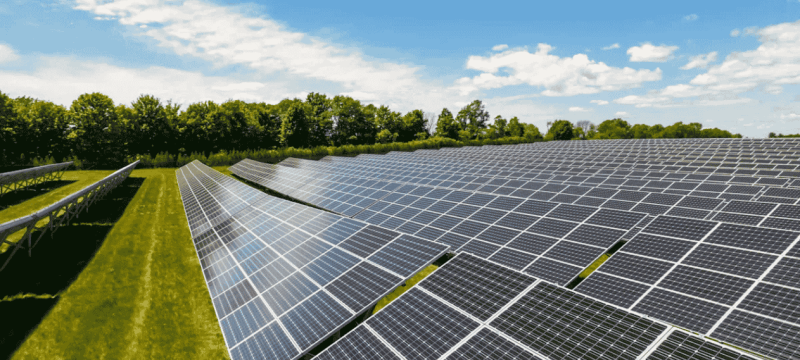Researchers at Chalmers University of Technology in Sweden are using artificial intelligence to better understand materials that could enhance solar panels. Their findings, reported by SciTechDaily, may influence the future design and stability of solar cells.
The team studied formamidinium lead iodide, a type of halide perovskite. This material is lightweight, flexible, and cost-effective, making it ideal for use in portable electronics and large building installations. Despite its advantages, formamidinium lead iodide tends to degrade quickly, which limits its long-term use in solar panels.
To solve this problem, the Swedish researchers applied machine learning and advanced computer simulations. These simulations recreated real-world conditions, allowing the team to observe how the material behaves while cooling. Results showed that molecules in formamidinium lead iodide become trapped in a semi-stable state. This process affects the material’s long-term stability. Researcher Sangita Dutta said this discovery answers a key question about the material’s phase structure that had remained unresolved until now.
To ensure accuracy, Chalmers scientists collaborated with researchers at the University of Birmingham. This partnership confirmed that the computer models reflected real physical processes, adding reliability to the results.
According to the US Department of Energy, combining perovskite materials with silicon can improve the efficiency of solar cells. As technology advances, these findings may lead to solar panels that are more versatile, longer-lasting, flexible, lightweight, and cost-effective.
This research highlights how AI and computer simulations can accelerate the development of new materials. With further study, these innovations could transform the solar energy industry, offering more efficient and affordable clean energy solutions worldwide.
In other news read more about: Invisible Solar Panels Enable Windows to Generate Electricity







